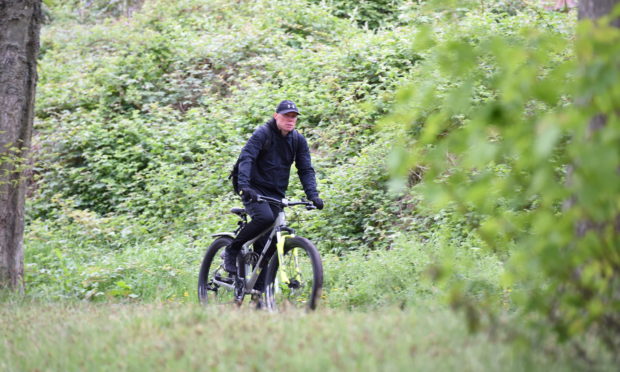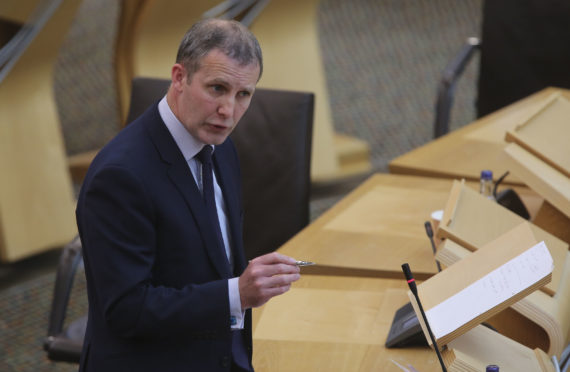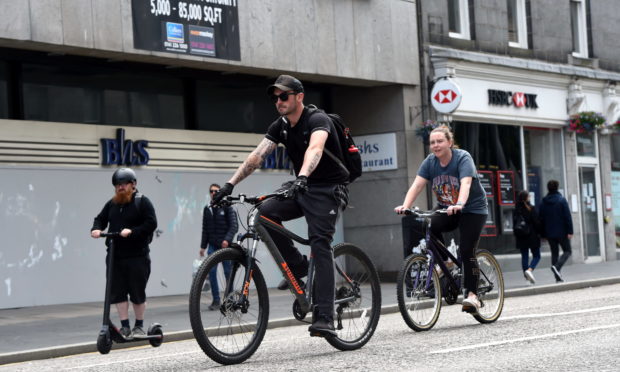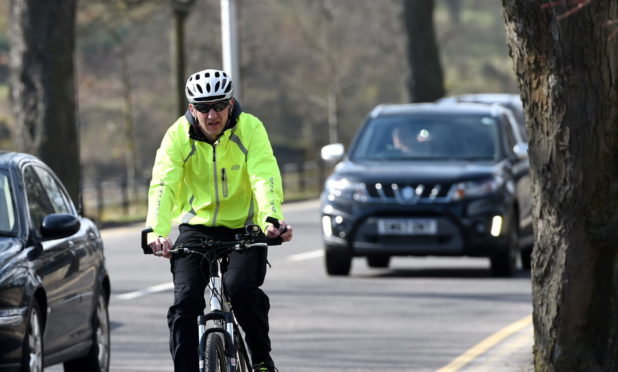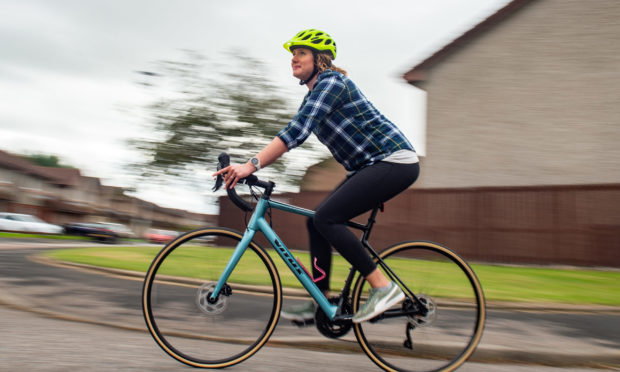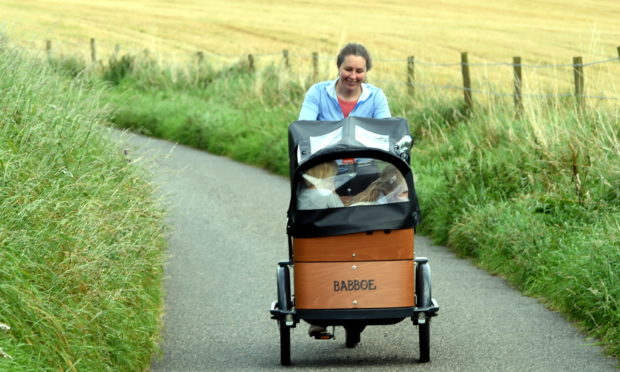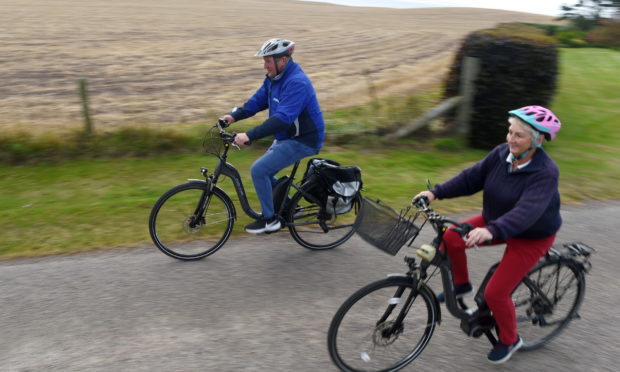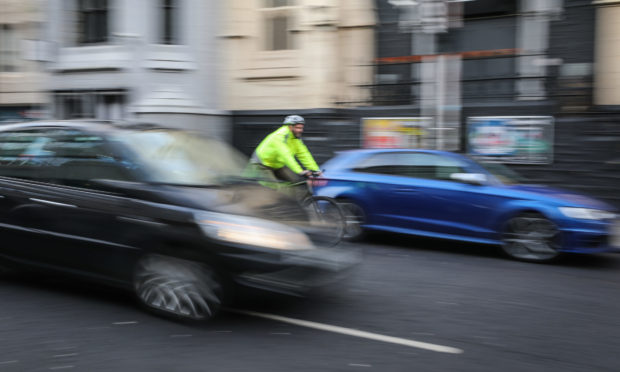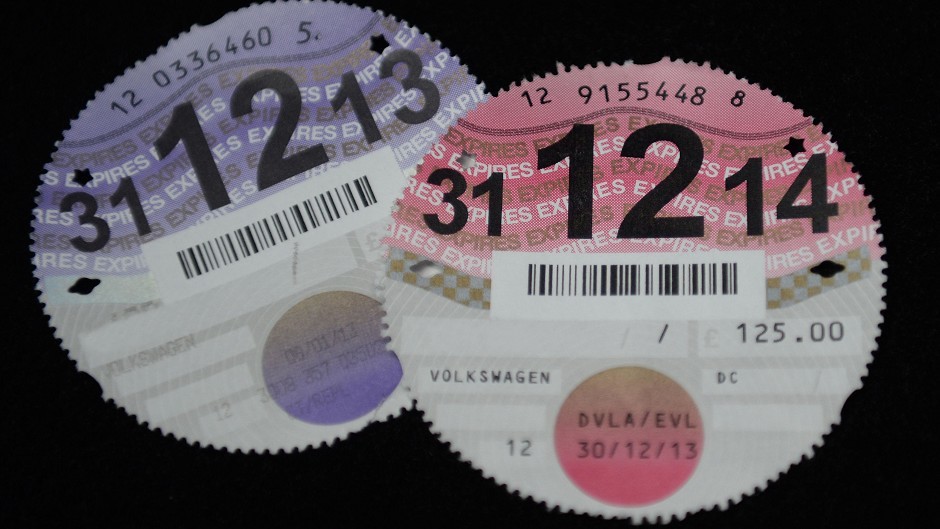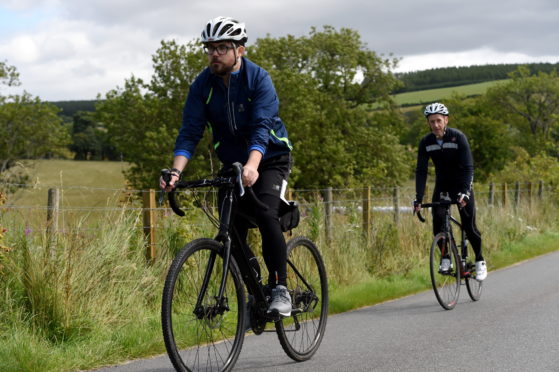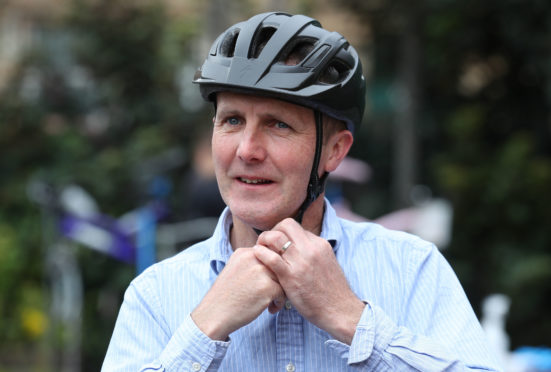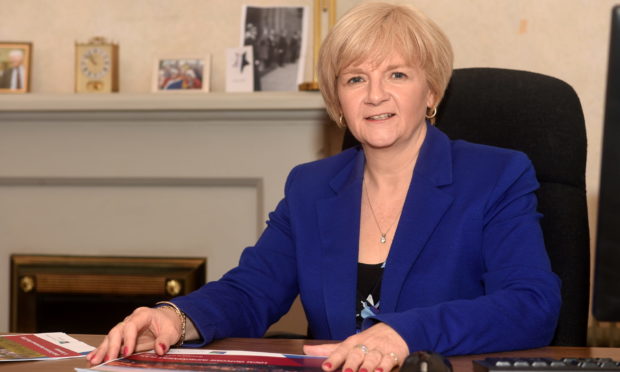Since the Pandemic Pedal Power series began in July much has changed in Scotland’s approach to containing Covid-19.
Aberdeen’s own local lockdown saw households banned from meeting and pubs and restaurants shut once again – costing its hospitality industry dear – but elsewhere traffic levels have returned to pre-pandemic levels.
However, amongst the resumption of bus services and re-opening of local businesses, something is happening: people are still cycling.
Transport Scotland data shows that bike activity remains consistently above lockdown levels, with figures relative to March barely changing week-on-week since the Scottish Government began to ease restrictions.
Furthermore, analysis of cycling levels compared to this time last year shows that cycling rates are up an average of 17% for the period of March to August. Pandemic pedal power, it seems, has taken off.
However, the results of our thousand-strong reader survey shows there is still much to be done to get more Scots on their bikes. Hundreds of comments left in survey responses decried the lack of dedicated cycling infrastructure, the often dismal upkeep of roads shared with cars and the disrespectful attitudes of other road users.
Local authorities have spent millions of pounds on temporary measures to both allow for social distancing and promote eco-friendly and healthy ways of getting about during the time of coronavirus. However, some have already begun to dismantle the measures they put in, and air quality is declining. Some cyclists fear a return to the old ways with no lessons learned.
With nine in ten cyclists across the north and north-east reporting aggressive close passes by other road users, and 50% saying they have been in some sort of accident, can local authorities really afford to dismantle the infrastructure they have created – and potentially the opportunity to learn from it?
Commenting on our survey, Aberdeen cyclist Andrew Lamb said: “I have cycled in Aberdeen as an adult for over 30 years and there has never been a better time or incentive with Covid-19 to get others to get on their bikes.”
With many commuters expected to remain at home well into 2020, if not next year, and car use at around half its pre-lockdown levels, opportunities remain for councils across Scotland to come back fitter and greener when recommencing transport infrastructure projects.
More than half of our respondents say they are cycling more now than they were before Covid arrived on our shores. Our survey shows the appetite for cycling is there – it just needs to be fed.
The coronavirus pandemic has not been a net positive world event, by any means. However, one small silver lining of lockdown has been the chance, unlikely to be repeated, to hit the reset switch on not only how we travel from A to B, but whether we need to travel from A to B at all.
It’s now down to governments at all levels to pay attention to how we are using the roads, to take note, and plan accordingly.
